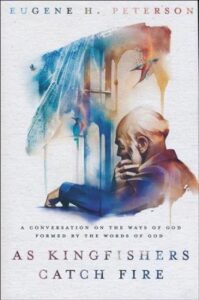I am reposting this review from earlier this year because the Kindle Edition is on sale for $1.99.
 Summary: The wisdom comes with reflection by those that age.
Summary: The wisdom comes with reflection by those that age.
A month or so ago I was asking for a good biography or memoir from a pastor or theologian. I was thinking of something like Eugene Peterson’s The Pastor or one of Lyle Dorsett’s biographies. What I was looking for was wisdom.
Wisdom is something that is earned by time. It is not guaranteed with age, but it is only comes to those that are aged. Part of what is required to earn wisdom is reflection. And that is what Madeleine L’Engle has done here. She is writing her thoughts and musings about life and her writing and meaning based on the journals that she has kept for her own purposes.
L’Engle was in her mid 50s when A Circle of Quiet was written. (And the fourth Crosswick Journal book was published 23 year later.) So she is not so old that she has forgotten what it is like to be young, nor was she that far distant from the failures of her life as a writer. (A Circle of Quiet was published just 11 years after A Wrinkle in Time was published.)
A Circle of Quiet is a bit meandering. Much of it is reflections on what it means to be a writer or story teller or how she has taught writing and story telling to others. But mixed in are thoughts on parenting and child development, living in a small town (Crosswick is the name of their home in rural Connecticut, where they lived for 7 years full time early in her marriage and that they kept as a summer home when they moved back to New York City), living in a large city, love, church, and many other random thoughts.







